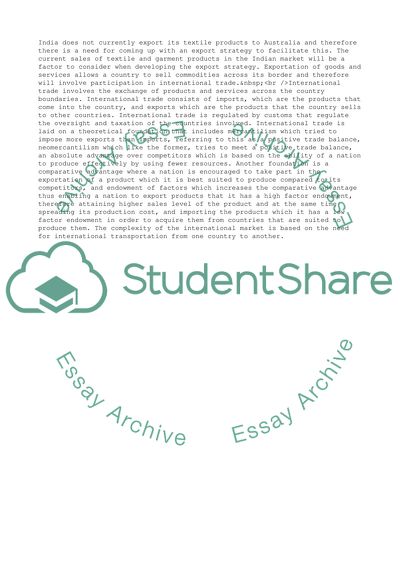Cite this document
(“Develop an Export Strategy for an Organisation Essay - 1”, n.d.)
Develop an Export Strategy for an Organisation Essay - 1. Retrieved from https://studentshare.org/business/1684749-develop-an-export-strategy-for-an-organisation
Develop an Export Strategy for an Organisation Essay - 1. Retrieved from https://studentshare.org/business/1684749-develop-an-export-strategy-for-an-organisation
(Develop an Export Strategy for an Organisation Essay - 1)
Develop an Export Strategy for an Organisation Essay - 1. https://studentshare.org/business/1684749-develop-an-export-strategy-for-an-organisation.
Develop an Export Strategy for an Organisation Essay - 1. https://studentshare.org/business/1684749-develop-an-export-strategy-for-an-organisation.
“Develop an Export Strategy for an Organisation Essay - 1”, n.d. https://studentshare.org/business/1684749-develop-an-export-strategy-for-an-organisation.


